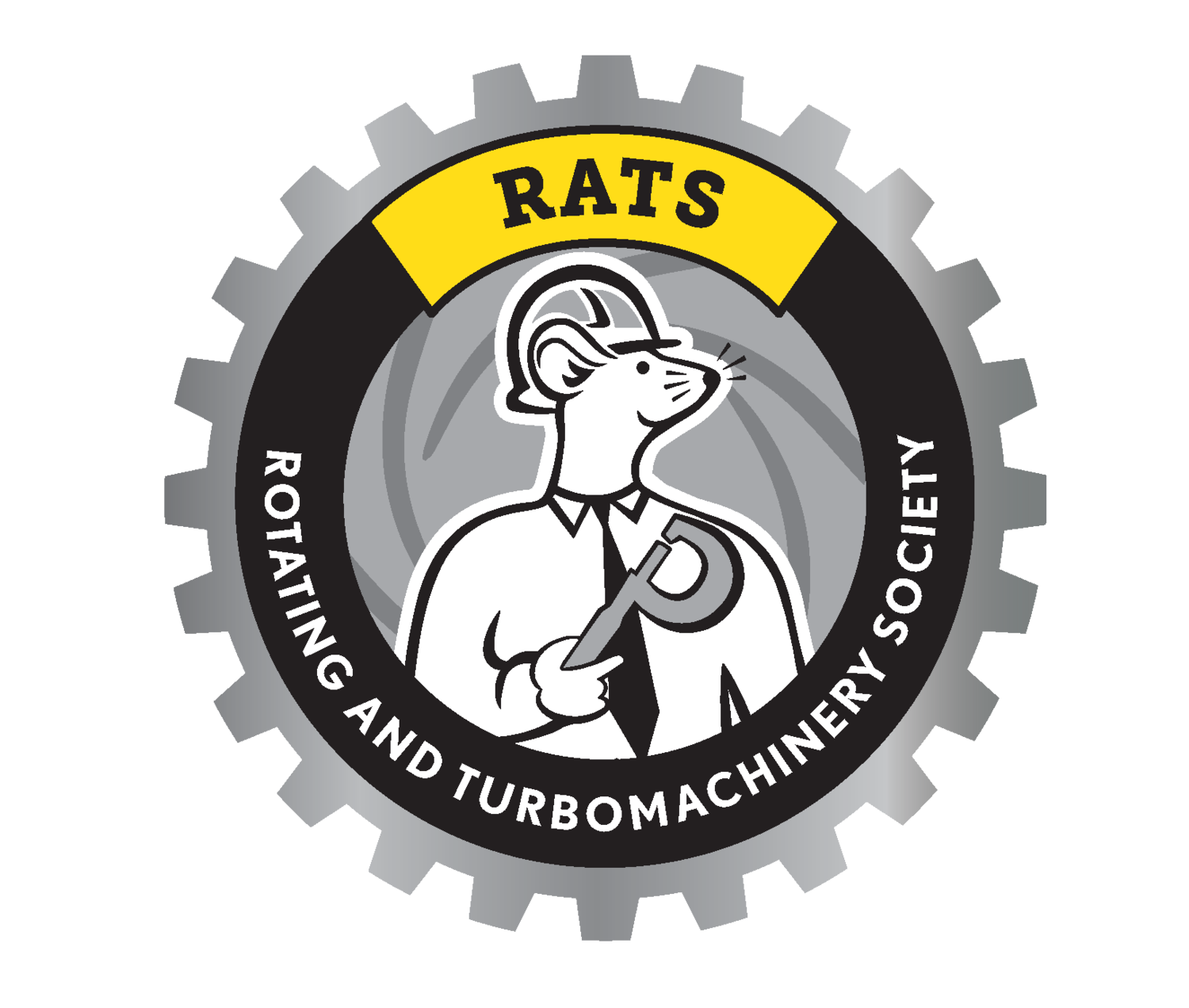TOPIC:
Starting Methods for Large Electrical Motors on Turbomachinery Packages
INSTRUCTOR(S):
-
Brandon Moy has 12 years experience in industrial drive trains and has supported a broad range of applications from conveyors, crushers to compressors and pumps. He currently provides drive train solutions specializing in hydrodynamic drives.
Brandon received his Bachelors in Applied Sciences, Mechanical Engineering from the University of Waterloo.
-
Helmut has been with Voith Turbo in Crailsheim / Germany for over 41 years, of which he spent 34 years in the Variable Speed Drives and Industry Service. In his current position as Service Business Development Manager he is working for the Industry Service business line.
Helmut started in Service at Business Unit (BU) Variable Speed Drives in 1989 covering all areas in Customer Service and progressed to Field Service and Repair Management in 1993. Between 2001 and 2007 he was heading the Field Service, Competence Center Vorecon Service and the Service Workshop at BU Variable Speed Drives in Industry Division. From 2007 to 2016, he was General Manager Technical Sales After Market Business at BU Variable Speed Drives, Division Power, Oil & Gas.
Helmut has extensive experience in all areas of the Variable Speed Drives and Industry Service and has worked in various leadership positions at Voith Turbo. His strong customer focus and ability to coordinate complex processes makes him a valued partner to our customers.
DETAILS:
One (1) hour presentation, including up to 15 min. Q&A
DESCRIPTION:
Electric Motor Drives in the power range from 1,000 to 60,000 HP are often used for turbomachinery applications. The electric drive systems used include electric motors with variable frequency drives (VFD), electric motors with variable speed planetary gear hydraulic drives (VSHD), and constant speed electric motors.
Two issues tend to require discussion, and a significant level of expertise to avoid problems:
First, the startup has to be accomplished without exceeding the maximum permissible voltage dip limits at the point of common coupling (PCC). In case of strong supply networks, a direct online start-up usually works. However, safe start-up solutions are also available for weak supply networks by using common starting devices. Torsional transients during the starting process have to be considered.
Therefore, this tutorial presents a rough overview of proven start-up methods for direct online operating electric motor drives. Pros and cons are discussed. Based on a starting by means of a pony-motor, which is connected to a hydrodynamic variable speed planetary gear, the run-up process is discussed in detail. It can be seen that the grid disturbances are negligible especially for synchronous main motors.
Second, the choice of drive impacts the train’s torsional characteristics, shaft endurance limits and operational flexibility. Torsional integrity of the electric motor driven trains are critical to safe and reliable operation, and must be considered during the design, selection and packaging of the train’s key components (motor, gearbox, couplings and the compressors).
This tutorial outlines a methodology used to ensure torsional integrity in standardized Electric-motor-driven gas compressor packages. In addition to steady-state torsional analysis, the drive harmonics from electrical sources (steady-state pulsation) and the drive’s characteristics at fault-events such as phase-to-phase faults (transients) are incorporated into the torsional model to perform a complete torsional analysis. Shaft stresses are evaluated over a wide range of motor frame sizes, and consequently couplings and gearboxes. Couplings and gearboxes are designed to handle the mean torque and peak transient torques as appropriate.


